Our Achievements
Primary Health Care & Clean Energy Access
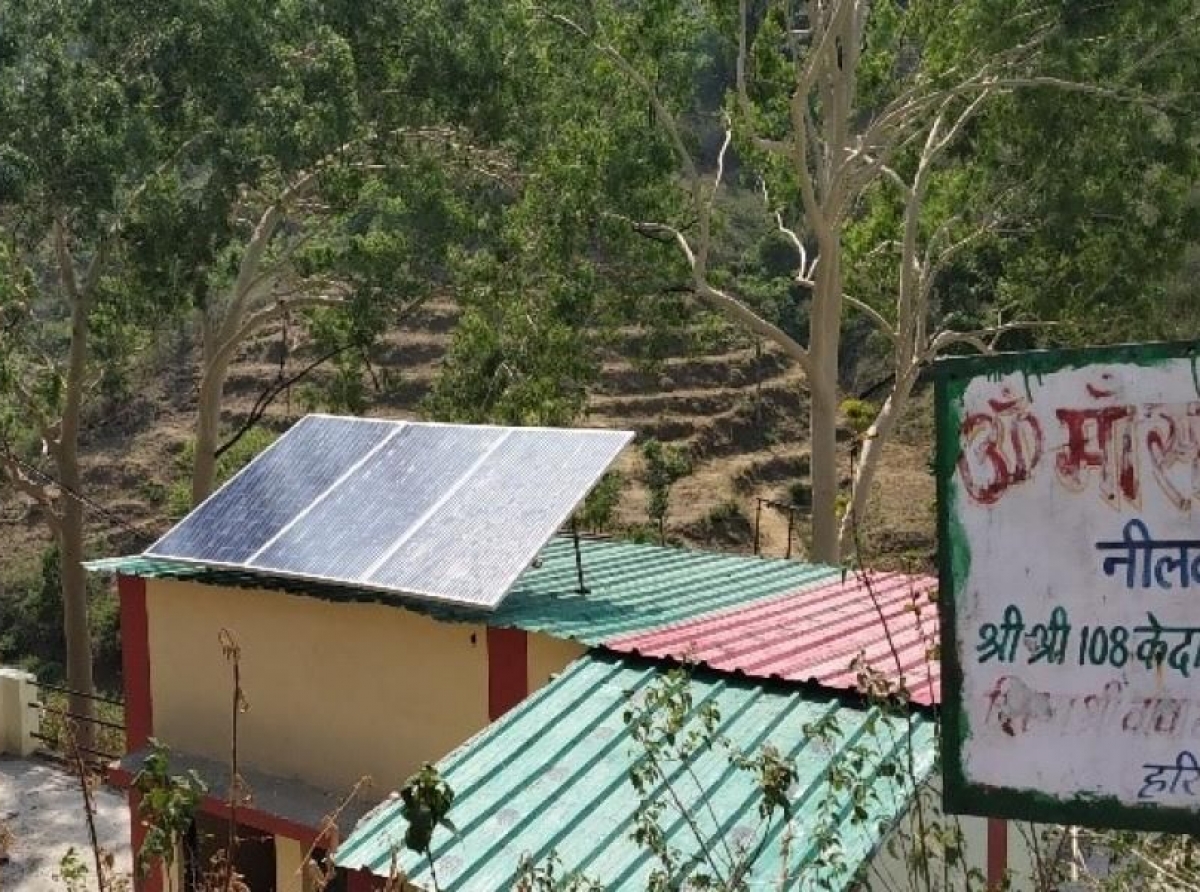
The Problem:
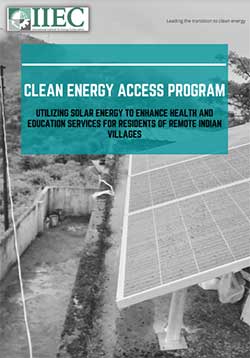 The primary health care service providers in villages are required to deal with emergencies and extreme situations. Their job is also to educate and provide the required information on prevention and safety to check the spread of diseases and pandemics like Covid-19 to village communities. The Primary Health Clinics (PHCs) in the villages lack the required infrastructure to deal with emergencies and extreme situations like the spread of the pandemic. Access to electricity is a key barrier in addition to the absence of refrigeration facilities and the quality of available equipment to treat common illnesses. For the effective delivery of health services, the PHCs urgently need the infrastructure to provide 24x7 electricity to support refrigeration facilities (to store vaccines), use of nebulizers, ECG measurements, vaccination, operate X-ray viewers, and providing necessary lighting facilities. In the absence of electricity supplies, most patients get referred to hospitals in nearby towns inviting higher treatment costs due to additional expenses on travel and other logistics. Thus, making it difficult for the poor to afford.
The primary health care service providers in villages are required to deal with emergencies and extreme situations. Their job is also to educate and provide the required information on prevention and safety to check the spread of diseases and pandemics like Covid-19 to village communities. The Primary Health Clinics (PHCs) in the villages lack the required infrastructure to deal with emergencies and extreme situations like the spread of the pandemic. Access to electricity is a key barrier in addition to the absence of refrigeration facilities and the quality of available equipment to treat common illnesses. For the effective delivery of health services, the PHCs urgently need the infrastructure to provide 24x7 electricity to support refrigeration facilities (to store vaccines), use of nebulizers, ECG measurements, vaccination, operate X-ray viewers, and providing necessary lighting facilities. In the absence of electricity supplies, most patients get referred to hospitals in nearby towns inviting higher treatment costs due to additional expenses on travel and other logistics. Thus, making it difficult for the poor to afford.
IIEC is providing access to clean energy to PHCs and ensuring the improved delivery of health care services in remote villages. IIEC is enabling the 24x7 functioning of PHCs with the installation of solar PV systems and the supply of refrigerators for the storage of vaccines and lifesaving medicines. The aim is to facilitate the delivery of better health care services to communities and especially to women and children.
This project so far has an everlasting impact on nearly 26,000 households across the 20 villages.
- There has been a more than 200% increase in the number of patients visiting the Primary Health Clinics (PHCs) every month and getting the required treatments.
- The hours of operations of PHCs have increased from 2 to 3 hours to 7 to 8 hours per day.
- About 60% of the PHCs can provide emergency services (maternal delivery, etc.) during late hours due to the availability of 24x7 electricity.
- There has been a 120-150% increase in the coverage of diseases being treated.
- Due to improved energy access, the doctors and other staff have started staying in their allotted residences within the premises of PHCs.
- The necessary vaccination facility is available with the PHCs to treat the patients with dog bites and other illnesses. The tetanus injections are being provided to patients with injuries.
- IIEC team is documenting the socio, economic, financial, and environmental impacts of the program.
- The figure-1 and figure-2 below provide the details about the increase in capacity to treat a greater number of diseases and an increase in the number of patients visiting the PHCs due to improved access to electricity.
- The impact of the program can be viewed at https://www.youtube.com/watch?v=hMDnE09gx9s.
The IIEC Model:
To date, IIEC has implemented the program in more than 20 villages of Uttarakhand. Owing to the success of the program and readiness for scale-up, IIEC is inviting other like-minded foundations and agencies to join hands for extending the services to all the PHCs in Uttarakhand.
The model is now ready for replication in other mountainous states of India and in Nepal and Bhutan. IIEC’s effort is to build the capacity of State Governments for the adoption and implementation of the Clean Energy Access Model for Health Care Services. The intention is to complement the ongoing efforts of the health department in strengthening the infrastructure for improved delivery of services. The model is directly contributing to the Sustainable Development Goals (SDGs) No. 3, 7, 9, and 13.
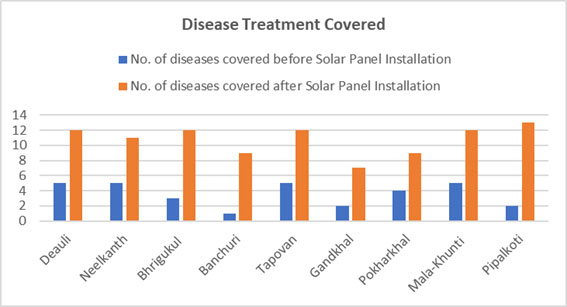
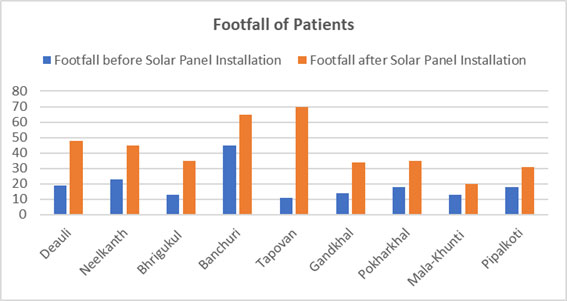
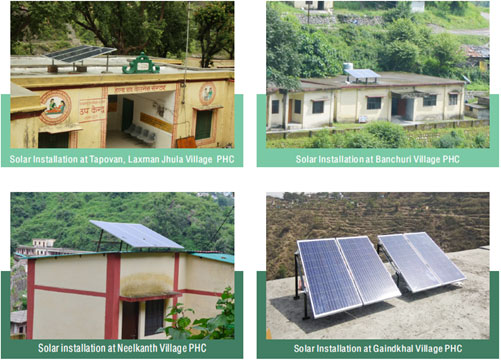
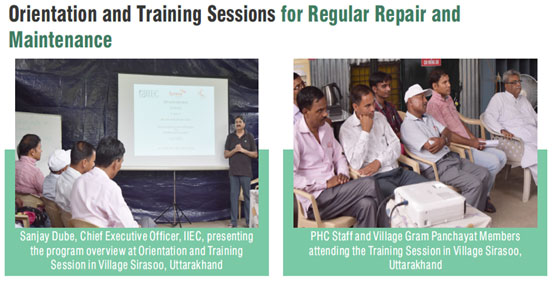
Download Clean Energy Access Program Brochure (pdf 14.4 MB)
Download Clean Energy Access Program Factsheet (pdf 4.4 MB)
Related Articles
Briefing Note - Cooling for All: The role of cold chain in delivering a COVID-19 vaccine

